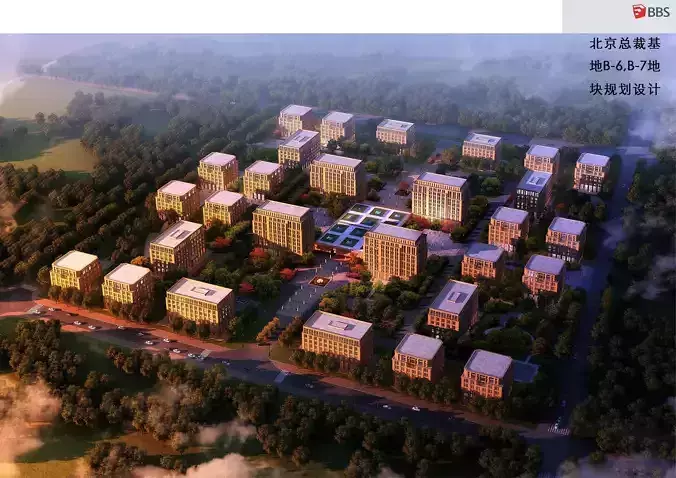1/8
Here is the translation of the previous message:
Outdoor 3D models have the following advantages:
Good visualization effect: Outdoor 3D models can realistically simulate outdoor environments, including buildings, roads, trees, plants, water bodies, etc., making it possible for people to experience the real outdoor environment through 3D models, which helps improve design and user experience.
Effective space planning: Through outdoor 3D models, outdoor space planning can be carried out, including road width, building height, landscape design, etc., which helps optimize the efficiency and beauty of outdoor space use.
Accurate construction planning: In outdoor 3D models, accurate construction planning can be carried out, including construction timetables, material and personnel arrangements, etc., which helps improve construction efficiency and reduce costs.
Virtual roaming: Using outdoor 3D models, virtual roaming can be carried out, including the rotation, scaling, and movement of objects, which helps people more intuitively understand the layout and design of outdoor space.
Improved sales performance: Through outdoor 3D models, design results can be presented to customers in a real and intuitive way, which helps improve sales performance and customer satisfaction.
In short, outdoor 3D models have many advantages, including good visualization effect, effective space planning, accurate construction planning, virtual roaming, and improved sales performance, making them an indispensable tool in the architectural design and construction process.
REVIEWS & COMMENTS
accuracy, and usability.








